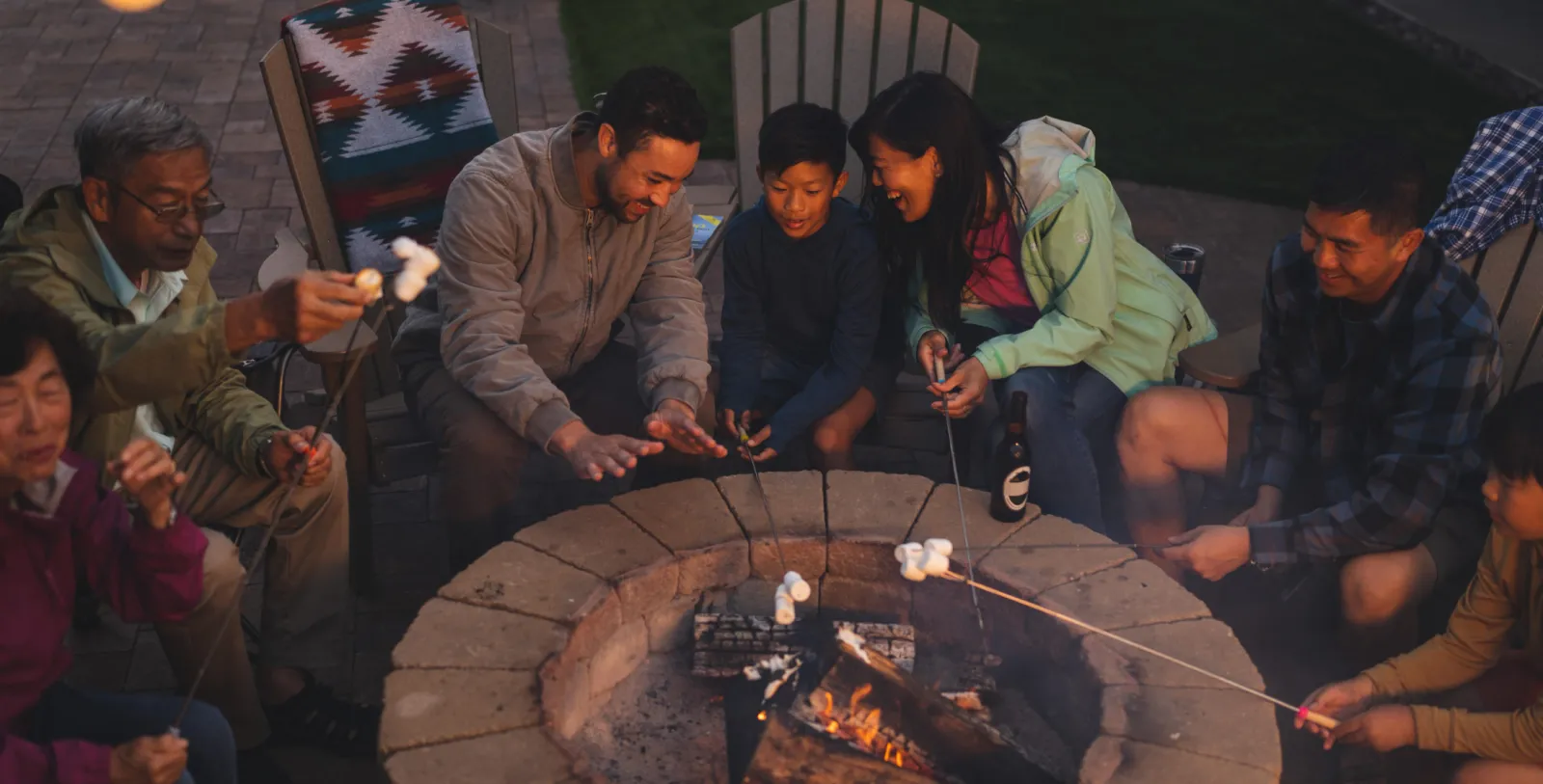Can NFTs and blockchain get us outside?
First, a quick recap so we’re all on the same page. NFT stands for non-fungible token. These are unique digital assets represented by a cryptographic token, whose contents or information is recorded on the Ethereum Network for all to see (and verify). Once a token is “minted” (through a lot of complex math) it is encrypted with a digital hash that makes it distinguishable from every other NFT out there. Essentially, it becomes totally unique and only accessible by the owner through a cryptographic key. It might be simpler to just think of an NFT as an autographed baseball card, whose ownership is recorded in a ledger every time it’s bought or sold.
Let’s start by dispelling the widely accepted understanding that NFTs are simply GIFs from the past reformatted for the blockchain and bought by people with more money than sense. While this is an accurate statement, it’s also very limiting and causes most of us to shrug the whole thing off as just another digital fad... Remember when we all shrugged off Twitter because its primary purpose seemed to be updating us on our friends’ bathroom or coffee breaks? Just because its current form doesn’t seem universally appealing or sustainable, doesn’t mean it won’t adapt.
The majority of us first learned of NFTs through a few different instances of astronomical sale prices for items we’ve seen before. Chris Torres subtly fixed up his popular Nyan Cat GIF and sold it for nearly $600,000 in February of this year, causing everyone to gasp. "An animated cat with a Pop-Tart body flying through space from 10 years ago is now owned by one person?” exclaimed the collective population. Well, no, not exactly. Technically the GIF we’ve been sharing for the last decade is still out there for all to see and use. The Nyan Cat NFT is a cryptographic token minted by the original creator, sold to a buyer who can now claim “ownership” of a piece of internet culture. 1 That’s a pretty big flex in the right circles.
“An animated cat with a Pop-Tart body flying through space from 10 years ago is now owned by one person?”
If you missed Nyan Cat, you probably noticed Christie’s capturing headlines a month later by being the first traditional fine art auction house to sell an NFT. On the block was Beeple’s “The First 5000 Days”, and it went for a whopping $69 million, instantly inserting crypto art into the minds of the mainstream, but also further mis-identifying NFTs as digital art to the uninitiated. As we collectively began googling, hype and confusion set in. Jack Dorsey sold his first-ever tweet, which traded hands after initial auction for $2.9 million (for a charitable cause, mind you). Singer-songwriter Grimes made millions from a limited run of music and video tracks while Post Malone began selling NFTs that granted fans access to ultimately play a game of beer pong against him. And that’s where we all said, “wait, what?".
“An NFT is simply a digital asset that cannot be copied, modified or replaced because the owner’s name is attached to the file and recorded on the blockchain. But they can be re-sold, over and over.”
This is where things get really interesting and the potential begins to surface. If we look at NFTs for what they are at their absolute base level, we can begin to see how brands can start to get their feet wet. Forget about Pop Tart cats. An NFT is simply a digital asset that cannot be copied, modified or replaced because the owner’s name is attached to the file and recorded on the blockchain. But they can be re-sold, over and over. So how can brands get involved? Think exclusive digital products, collectables, VIP event access, ticketing and bragging rights to name a few. Even charitable donations can be attached to a unique asset or experience through an NFT, allowing brands to tap into this emerging technology while satisfying today’s consumer values. "Eighty-two percent of Millennials will purchase an item the first time they see it if they like it enough” while "71% will pay more for a product if they know some of the proceeds go to charity”. 2 A perfect opportunity.
Some brands have seen great success with their first NFT offerings. Taco Bell created NFTacoBells to raise money for their Live Más Scholarship. Their $1 GIFs sold out in minutes and resold over and over, some gaining value up to $3,000. The NBA has probably the most popular and far reaching application of NFTs in their Top Shot platform, which is essentially a website that allows fans to buy and sell basketball cards. The platform and assets are impressive.
To really get excited about NFT potential we need only look to Nike and Linkin Park’s Mike Shinoda’s recent NFT concepts. Nike hasn’t released an NFT yet, but they’ve filed a patent which has the internet aflutter. Crypto Kicks - as they’ve been named - appear to satisfy real and digital world demands by offering physical shoes with attached digital tokens that can hold a variety of information. Perhaps the most interesting “feature” is the ability to “breed” your shoe with other Crypto Kicks, a la CryptoKitties, on the blockchain to produce unique variations that Nike might produce as real world shoes at a later date. Scarcity and personalization is hard to beat. That’s where Shinoda comes back into our story.
Shinoda has been following and collecting NFTs before we all knew about them. In February he became the first major-label artist to launch a new single through an NFT auction. A 75-second clip of the track "Happy endings" was packaged with an animation of original artwork by Cain Caser and Shinoda, in a run of 10 editions. The twist here is that Shinoda made an announcement once the auction was over. As stated for Input Magazine; ““Surprise, everybody who owns one as of tomorrow is going to get a signed, one-of-10 print of the art. So you have 24 hours if you want to resell it. But whoever owns it at this time tomorrow gets a print.” I kind of expected somebody to go to the person who only spent 200 bucks and be like, “I will give you $15,000 for that NFT that you spent 200 bucks on.” I expected it to change hands. And it didn’t change hands.” 3
Two interesting points to make. First, NFT ownership can grant special privilege after the sale or even change form as Beeple showed us with Crossroads. Often the digital asset is part of a greater experience. Second, the auction sites where artists drop their NFTs attract in-the-know audiences, true and passionate fans. This is important for brands to look at. Where do they want to participate, what are their fans interested in, and how can they create something worth collecting? Of course brands will need to play to their strengths; not everyone can start making crypto art. For instance, consider Dominoes, who just offered the ability to order real life pizza from inside Decentraland, a decentralized virtual world built on NFT real estate (just go with it).
With that last example, it’s safe to say that the popularity spike we’ve seen in NFTs has at the very least caught the attention of advertisers and reminded us not to get distracted by the initial use or hype of an emerging platform or technology.
NFTs are just scratching the surface of the potential of blockchain and cryptocurrencies. Beyond the dogecoin memes and the twitter screenshots selling for insane valuations lies a fundamental technology shift that rivals the invention of the internet. As communities, digital assets, and real-world assets all begin to get tokenized and intertwined, we challenge our outdoor industry readers with the following: who will be the first outdoor brand, ski resort, or DMO to create their first community token? We at Origin are ready.
- Ownership of NFTs is an interesting issue. It’s safe to say that NFT enthusiasts are aware that their ownership of a digital asset does not imply owning the copyright. In most cases it is similar to a license agreement, whereby the owner has certain rights and liberties to use the asset based on the information within the NFT as outlined by the artist. This brings a new way for digital content creators to protect themselves and their art from misuse and seek more consistent compensation since every transaction of a token is recorded on the blockchain.
- Consumer Culture | 5W Public Relations Report
- WTF is an NFT? Allow Linkin Park’s Mike Shinoda to explain






